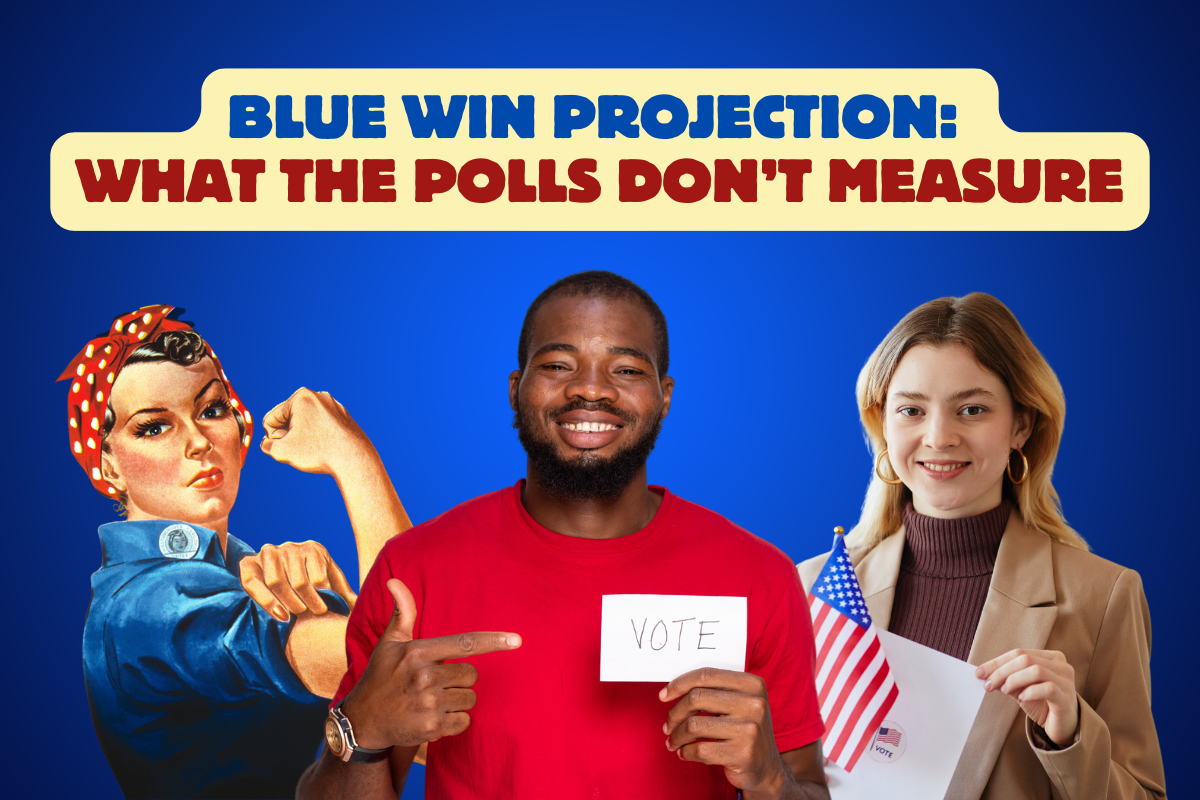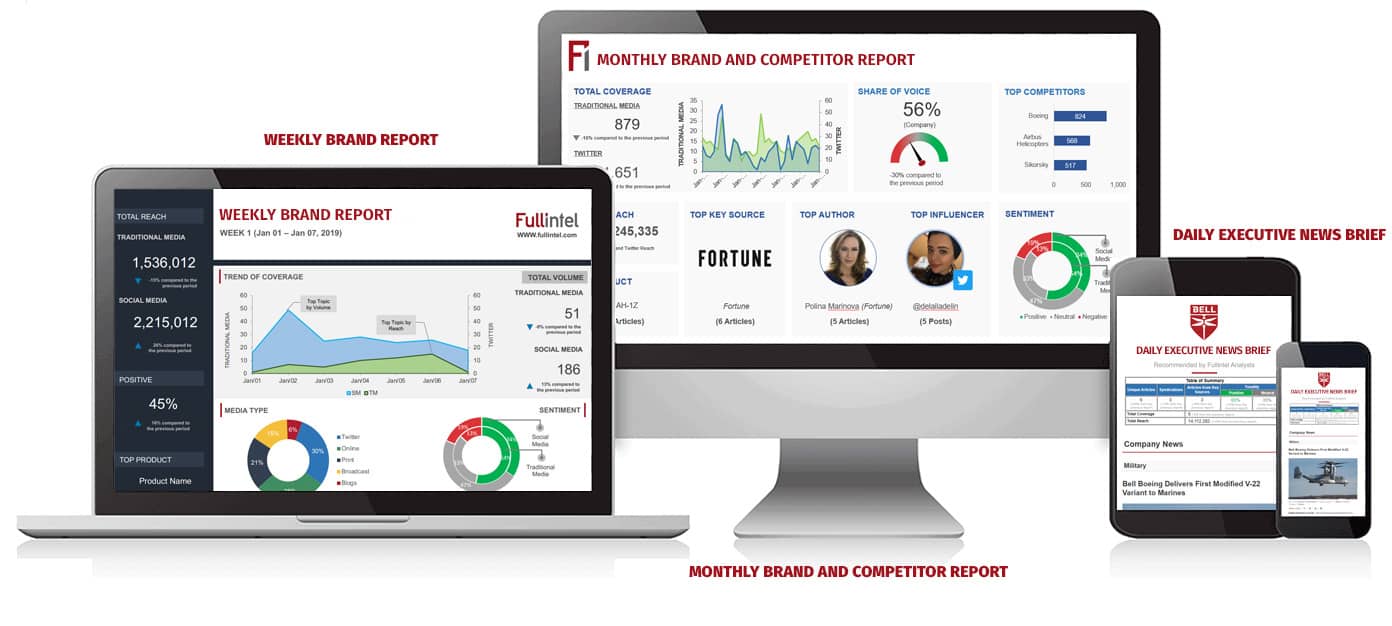
Author’s Note: This blog is an opinion piece written by me and does not represent the views or opinions of Fullintel or its affiliates. The perspectives shared here are my own, reflecting my analysis and insights on the current election landscape.
It’s November 5, 2024, and voting is underway. As ballots are counted throughout the day, understanding the metrics behind media and public opinion has never been more crucial. With voter enthusiasm at an all-time high and polling methodologies under strain, it’s essential to apply best practices in PR and communications measurement. Here are three key principles to consider when analyzing election coverage and interpreting the data during this pivotal moment.
1. Calibration Over Celebration
Election data, especially turnout numbers, can often lead to premature celebration or panic. For instance, early vote counts show that turnout is already approaching 78% of 2020 levels, even in areas still recovering from disasters. However, rather than jumping to conclusions, it’s crucial to calibrate expectations. As the number of voters increases, consider the limitations of polling methods and the unique voting behaviors of younger and less accessible demographics. Calibration over celebration means tempering responses to numbers until a full analysis is possible.
2. Comparison for Context
When it comes to election coverage, comparing current data to past elections can add vital context. This means looking at turnout over time and comparing with other competitive states or past voting patterns. Ann Selzer’s recent Iowa projections offer a great example of this approach. Known for her highly accurate polling in Iowa, Selzer’s latest poll shows Vice President Kamala Harris leading former President Donald Trump by three points among likely Iowa voters—a notable shift given that Trump carried the state by eight points in 2020. Selzer’s use of consistent and reliable methodology gives her data credibility, and this shift in Iowa could signal broader trends in similar states. Recognizing this shift enables us to contextualize the polling data more accurately, adding layers of insight beyond raw numbers.
3. Volume + Quality
In election media measurement, volume alone isn’t an indicator of success or accuracy. While a high turnout might indicate strong voter engagement, it’s essential to also look at the quality metrics, such as sentiment, key messages, and topics. For instance, qualitative data suggests a confident leaning toward a ‘blue’ win, despite high volume and enthusiasm among Trump supporters. Similarly, Selzer’s polling demonstrates that data quality—achieved through her low margin of error and rigorous methodology—can reveal trends that pure volume metrics might overlook. Focusing on quality metrics like sentiment analysis can help identify enthusiasm gaps that pure vote counts may not capture, particularly with young or harder-to-reach voters.
Conclusion:
Polling numbers fail to measure enthusiasm. They miss the intent of large demographic groups that often slip through the cracks of polling data. Polls can’t grasp the nuances of voter sentiment that can shift turnout, particularly among younger or harder-to-reach voters who remain elusive to traditional polling methods.
With all the unmeasured factors in mind, I feel confident in joining those who foresee a decisive blue win—despite the ‘tight’ polling numbers. Key states might surprise us, driven by the voices of those often overlooked—voters whose influence could be felt precisely because they elude traditional polling methods.
